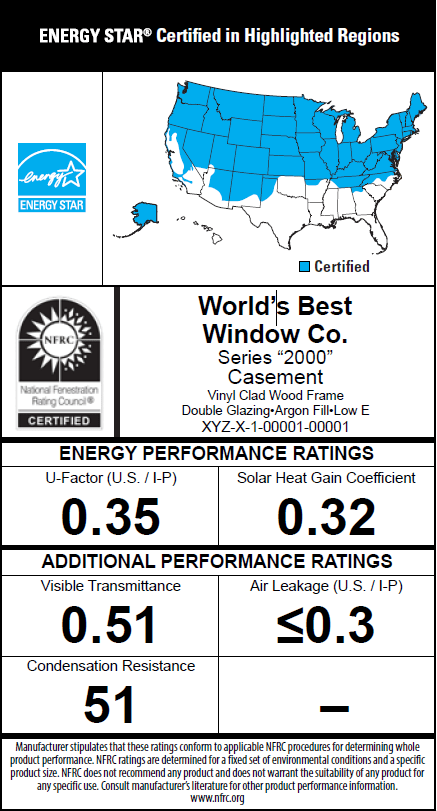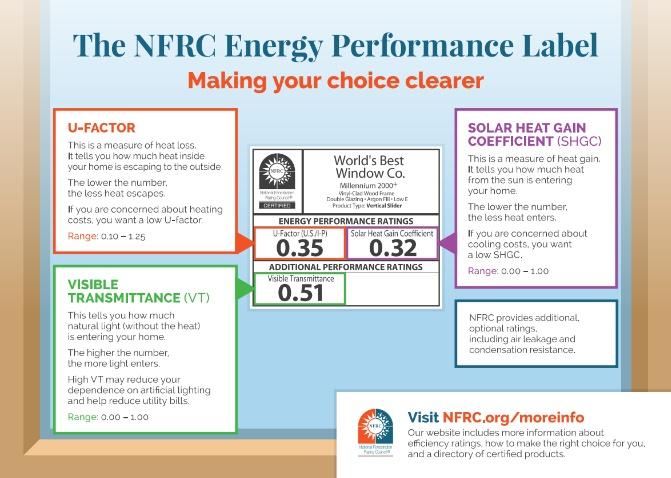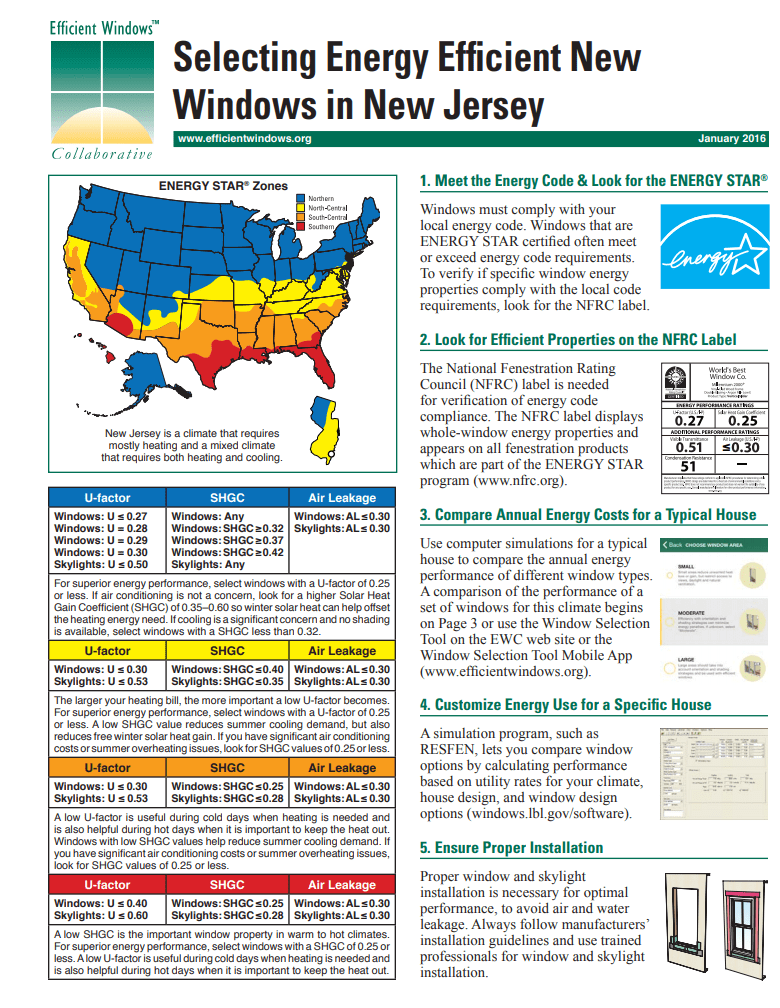Anyone who has ever struggled with a high electric bill has probably looked into the purchase of energy-efficient doors and windows. By creating a better seal around these openings, you help to keep the internal air from mixing with the outside air. This keeps the house warm in the winter and cool in the summer, just as intended.
However, when you are shopping for energy-efficient windows, you have to think about the degree of efficiency that you will get. After all, these windows don’t tend to be cheap, so you want to make sure you get something worthy. With that in mind, let’s examine the energy ratings that are commonly seen on windows and doors.
U-Value
This figure will tell you how well insulated this door or window might be. To be more specific, this number measures the amount of heat energy that can pass through the door/window. The lower the number, the less heat is allowed to pass through.
There is no such thing as perfect insulation, so don’t expect to find something with a value of 0. Most doors and windows are rated between 0.25 and 1.25, so try to aim for the lower end of that scale. These numbers come from the National Fenestration Rating Council, so you can check with them if you want to know how these ratings are determined.
SHGC
This is another rating you are likely to see, and it stands for “Solar Heat Gain Coefficient.” While the U-value measures the effectiveness of a window or door in keeping heat inside the home, the SHGC is the opposite. These numbers tell you how effective the window or door will be in keeping heat outside the home. This factor is especially important for hot climates. In fact, those who live in cold climates might as well disregard this metric.
As with the U-factor, a lower number is better. The lower the SHGC rating, the less heat and solar radiation the product will allow through. This rating is important for some people because sunlight has a tendency to become heat when magnified through the glass of a window or door.
New Jersey

NFRC Energy Star label
Visible Transmittance
This number will give you a good idea of how much light can penetrate this door or window. In this case, we are talking about visible light, so don’t think that we are talking about UV rays or anything like that. In short, this metric will tell you how sunny and bright your home will be. In most cases, this number will be somewhere between 0 and 1.
For the reasons listed earlier, those who live in a hot climate should seek a window or door that has a low level of light transmittance. This will prevent the heat amplification effect described above. At the same time, this factor doesn’t have all that much to do with the warmth of your home. Some people like their homes to be a little brighter while others prefer a slightly darker setting.

Air Leakage
This number is pretty self-explanatory, as it measures the amount of air that can escape from the door or window in question. As you might imagine, this number is related to the U-factor, as a good air seal is essential for proper insulation. As with these other metrics, you want to go for the lowest number possible. No matter what your environment, a better seal will always be desirable. Most of the time, this number will be somewhere between 0.1 to 0.3.
DP
This one stands for design pressure, and it’s basically a measure of how durable the window or door might be. To be more specific, it tells you the approximate amount of pressure that would be needed to break the item. In this case, a higher number is better, as it indicates a stronger window or door.
This number might be important for a number of reasons. If you have small children or pets who might push or lean on the windows, you definitely want to aim for something with a higher DP rating. If you live in an area that experiences high winds on a regular basis, this is even more important. Most windows and doors will be rated somewhere between 30 and 50.
Condensation Resistance
Condensation is a funny thing, indeed. Without any interchange with the air outside your home, moisture can make its way inside. You might wonder how this can be possible, but the answer is very simple: the moisture was inside your home all along. Whenever you or anyone else in your home takes a breath, a certain amount of water vapor is expelled. If this water vapor has nowhere to go, it will gather on the windows.
Condensation resistance is usually measured on a scale of 1 to 100, so you’ve got a little bit more guesswork to do here. Still, all you really need to know is that higher numbers equal better resistance, so go for the highest number you can get. You should also be aware that condensation should never appear between the window panes. If it does, your product is defective.
Conclusion
When you pick up a package and look at all those ratings, it can be very easy to get confused. Indeed, manufacturers should probably do a better job of educating their customers as to the meaning of these ratings, but we can’t really change that problem. Thus, it is a good thing that you came to us for the answers on this topic. If you have enjoyed this article, and if you have any other questions that you would like us to answer, please fill out the contact form below.









